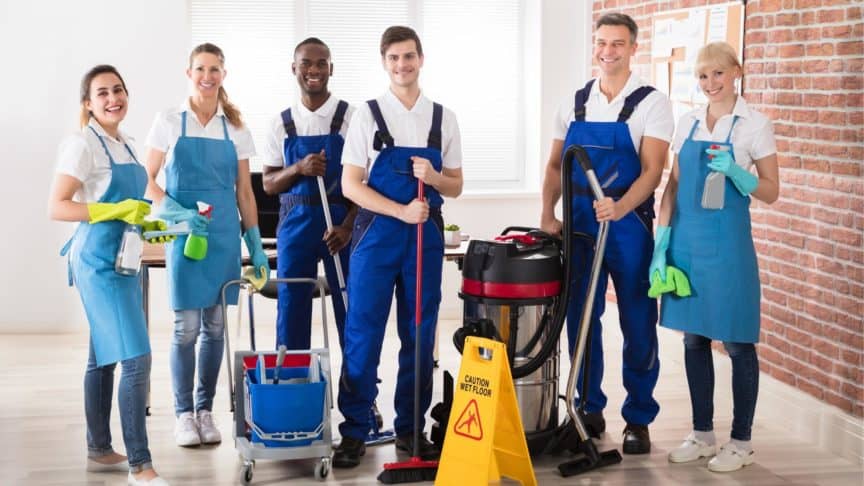- How to Care for Infants With Hearing Loss - April 15, 2024
- Hearing Aid Tips for Runners - April 5, 2024
- Overcoming Misconceptions Around Hearing Aids - March 27, 2024
Noise is the leading cause of hearing loss at work. Some industries don’t want to admit that chemicals, metals, solvents, asphyxiants, and heat may cause hearing loss more than they want to, and loud noise can worsen these risks. Still, other factors can affect hearing health that often goes unnoticed by employees and, in some cases, by business owners who don’t fully understand the dangers that some toxins pose to workers.
The word “ototoxic” describes chemicals and other drugs that are known to cause hearing loss.
Chemical-induced hearing loss (CIHL)
Chemical-induced hearing loss (CIHL) is not often identified as a cause of a significant hearing loss. People who have this type of hearing loss often don’t know or remember the name of the chemical to which they were exposed.
With more than 750 different groups of chemicals labeled as potentially toxic to hearing, it’s unlikely that a healthcare provider would be able to identify the ototoxic product. Few chemicals have been studied in detail, but hearing loss caused by ototoxic exposure has the same symptoms: hearing loss that can’t be fixed at specific frequencies (3,000 to 6,000 Hz) and damage to both sides of the cochlea.
How chemicals harm the ears
Experiments on animals and studies on people show that certain chemicals can hurt the hearing and balance functions of the ear.
When ototoxins get into the body, they can cause hearing loss, ringing in the ears, or even total deafness. They can be eaten, breathed in, or absorbed through the skin. They can damage the auditory nerve or hair cells in the cochlea, just like noise-induced hearing loss can damage hair cells. They can also cause lesions in the auditory pathways and lead to sensorineural hearing loss.
Which chemicals to watch for
Most of the time, ototoxic chemicals are organic solvents, but the frequencies affected by these chemicals are different from those affected by noise. Noise makes the blood flow faster in the inner ear, which may be how chemicals get into all the ear structures in some cases. But some solvents may react to noise in ways that aren’t safe, and when that happens, the effects can be worse than if the person had been exposed to chemicals or noise alone.
High-priority ototoxins are dangerous right away in some of their elemental forms. Toluene, xylene, styrene, n-hexane, trichloroethylene, carbon monoxide, and alcohol are all high-priority ototoxins, and workers should stay away from all of their products. And there are a lot of gases, paints, metals, and pesticides on the list of chemical agents.
Other chemicals that can cause hearing loss include benzene, carbon disulfide, ethylbenzene, hydrogen cyanide, lead, and mercury. Some of these are found in organic solvents used for many different projects. Many of the following are used in projects that pose both noise and chemical risks at the same time:
Boatbuilding, different construction projects, firefighting, putting gas in cars or planes, making furniture, making metal, leather, or petroleum products, painting, printing, and firing weapons can all be dangerous because chemicals can get into the body and dangerously loud noises can hurt the ears.
Signs of chemical hearing loss
The first signs of ototoxicity are tinnitus, worse balance problems (especially if you didn’t have balance problems before), and general dizziness. Some of the ototoxic effects of chemicals can be hard to figure out in workers because they may be exposed to the chemicals without knowing what solvent was used. Exposure can also involve different chemicals and concentrations, making it harder to find the same chemicals.
Pregnant women are also at a high risk of putting their children in contact with harmful chemicals.
What employers could do to protect workers
Current occupational exposure limits and hearing protection programs may not be enough for workers exposed to chemicals because there are no workplace rules about how noise and ototoxins interact.
However, employees can also take steps to make sure they are safe by doing a hearing loss and chemical exposure hazard assessment.
Safety and hearing health should be a top priority. This can be done by:
- removing dangerous substances or noises from the workplace;
- using less dangerous chemicals to do work
- taking steps to limit exposure through inhalation ingestion, skin absorption, and sound; adding ventilation, as well as skin, respiratory, and hearing protection
- creating a hearing conservation program that takes into account and monitors the combined effects of exposure to sound chemicals and noise
Employers have a responsibility to keep workers safe and healthy. Once too much damage has been done, some treatments may not work or do as much good. The best way to keep your hearing healthy is to take care of it and take regular hearing tests. To book a hearing test, contact us today.

